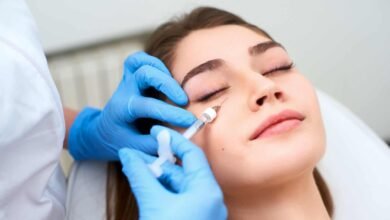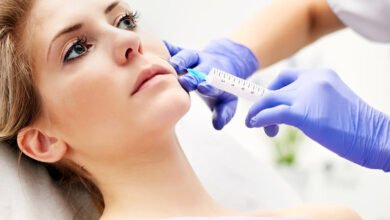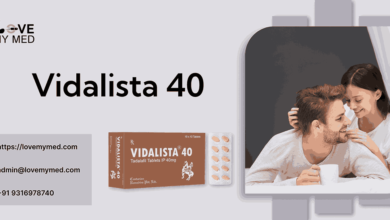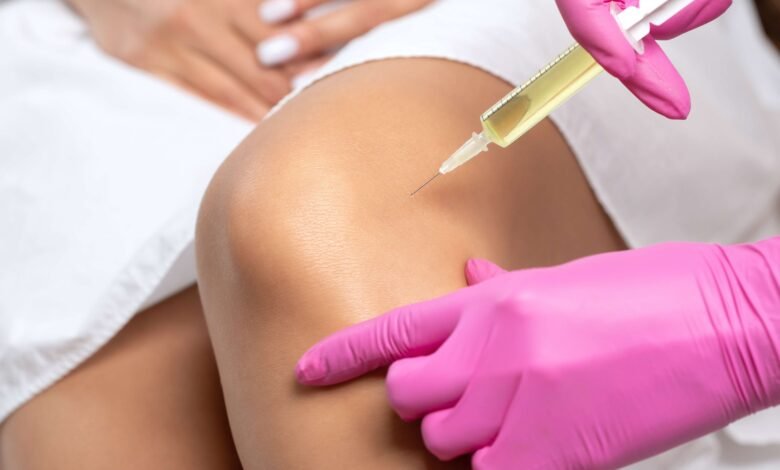
PRP injections for knees in Abu Dhabi have become a popular treatment option for individuals experiencing knee pain due to conditions like arthritis, tendonitis, and ligament injuries. This regenerative therapy uses the patient’s own blood to stimulate healing in damaged tissues. While PRP injections are minimally invasive, proper recovery is crucial for ensuring optimal results and minimizing complications. In this article, we will explore the essential steps to recovery after PRP knee injections.
What Are PRP Knee Injections?
PRP knee injections involve extracting a small amount of the patient’s blood, processing it to concentrate the platelets, and then re-injecting this plasma into the knee joint. The platelets contain growth factors that can help accelerate tissue repair, reduce inflammation, and promote healing in the affected area.
PRP injections are commonly used for treating conditions such as osteoarthritis, patellar tendinitis, and knee injuries, where traditional treatments like medication or surgery may not provide long-term relief.
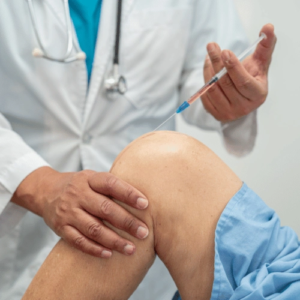
Step 1: Immediate Aftercare
The immediate period following the PRP knee injection is essential for minimizing any discomfort and ensuring the treatment’s effectiveness. Here’s how to take care of yourself right after the procedure:
Rest the Knee
After the injection, it is important to rest the knee to avoid stressing the joint. Depending on your condition, your doctor may advise you to take it easy for a few days or use crutches for mobility. Avoid putting weight on the treated knee as much as possible during the first 24-48 hours to prevent further irritation or strain.
Ice the Knee
Applying ice to the knee can help reduce swelling and discomfort. Use an ice pack wrapped in a cloth, and apply it to the affected knee for 20 minutes at a time, with at least an hour between sessions. This can also help reduce any inflammation caused by the injection itself.
Avoid Heat and Massaging
While heat therapy can sometimes be beneficial for muscle relaxation, it is advised to avoid heat on the knee after a PRP injection. Additionally, massaging the knee right after the procedure could disturb the healing process, so it’s important to refrain from massaging the area for at least 48 hours.
Step 2: Gradual Mobilization
While rest is crucial immediately after the procedure, gentle movement and mobilization are key in the days following the injection. After the first 48 hours, you can begin performing gentle range-of-motion exercises to prevent stiffness and maintain flexibility in the knee.
Gentle Stretching
Your doctor or physical therapist may recommend gentle stretches to improve flexibility in the knee. Start with low-impact activities and exercises, such as leg lifts or gentle knee bends, to prevent the joint from becoming too stiff.
Light Activity
After the first few days, if you feel comfortable, you can begin light walking or other low-impact activities, but avoid any strenuous physical exertion. Activities like swimming or cycling are often recommended once the knee feels stable enough to handle movement without pain.
Step 3: Pain Management
Mild to moderate discomfort can occur after PRP knee injections, especially as the body begins the healing process. It’s important to manage any pain appropriately to avoid inhibiting recovery.
Over-the-Counter Pain Relief
For mild pain or discomfort, over-the-counter pain relievers such as acetaminophen can be helpful. However, it’s important to avoid anti-inflammatory medications (such as ibuprofen or aspirin) in the first week after the injection, as these may interfere with the healing process by reducing inflammation that is necessary for the regeneration of tissues.
Follow Up with Your Doctor
If the pain or swelling persists beyond the first few days or worsens, contact your doctor. This may indicate a complication or an adverse reaction to the injection that needs attention.
Step 4: Gradual Return to Regular Activities
The recovery time after PRP knee injections varies depending on the severity of the injury and individual healing responses. However, most patients are advised to wait at least 1 to 2 weeks before returning to regular physical activities. Here are some general guidelines:
Avoid High-Impact Activities
For the first few weeks after your PRP injection, avoid high-impact activities such as running, jumping, or sports that place excessive strain on the knee. These activities could hinder the healing process and may even cause further injury to the treated area.
Follow a Rehabilitation Plan
To ensure the best possible results, a physical rehabilitation plan may be recommended by your healthcare provider. Physical therapy exercises are tailored to strengthen the muscles around the knee and improve its function. Strengthening the quadriceps, hamstrings, and calf muscles can help support the knee joint and enhance recovery.
Step 5: Monitor Progress and Follow-Up Appointments
While recovery after PRP knee injections is often quick, it’s essential to stay in touch with your healthcare provider to monitor your progress.
Follow-Up Visits
Your doctor will likely schedule follow-up appointments to check the progress of healing. These appointments are an opportunity to discuss any concerns, track improvements, and determine if further injections are needed.
Regular Imaging (if necessary)
Depending on the condition being treated, your doctor may recommend imaging tests such as X-rays or MRIs to monitor the healing progress in the knee joint. This is especially common for patients receiving PRP injections for osteoarthritis or other degenerative conditions.
Step 6: Be Patient – Healing Takes Time
One of the most important aspects of recovery from PRP knee injections is patience. While you may start feeling relief within a few weeks, full healing can take several months as the body works to regenerate the injured tissues. The growth factors in the PRP injections stimulate collagen production and tissue repair, which may not show immediate results.
Long-Term Results
It can take up to 3 to 6 months for the full benefits of the PRP treatment to become evident. While some patients experience significant improvements early on, it is important to follow through with the recommended post-treatment care to maximize long-term results.
Step 7: Consider Additional Treatments if Necessary
In some cases, patients may require additional PRP injections to achieve optimal results. Your doctor will assess how well the knee has healed and whether more injections are needed to further stimulate tissue repair.
Additionally, some individuals may benefit from complementary treatments such as physical therapy, bracing, or other forms of joint support to improve knee function and reduce pain.
Frequently Asked Questions
How soon can I walk after PRP knee injections?
After the procedure, it’s important to rest the knee for the first 24-48 hours. Gentle walking can usually be resumed after a few days, but high-impact activities should be avoided for at least two weeks.
How long does the recovery process take?
While most patients experience mild discomfort for a few days, full recovery and improvement in knee function can take several weeks to months. Full benefits are often seen within 3-6 months.
Can I return to sports after PRP injections?
It’s important to avoid high-impact sports for at least 2-4 weeks after the injection. Gradually increase activity levels based on your progress and the advice of your healthcare provider.
Are there any risks or complications after PRP injections?
PRP injections are generally safe, but like any procedure, there is a small risk of infection, swelling, or increased pain. Discuss any concerns with your doctor to ensure you are a suitable candidate for the procedure.
How many PRP injections will I need?
The number of PRP injections required depends on the severity of the condition. Some individuals may require a single injection, while others may benefit from multiple treatments spaced several weeks apart.
